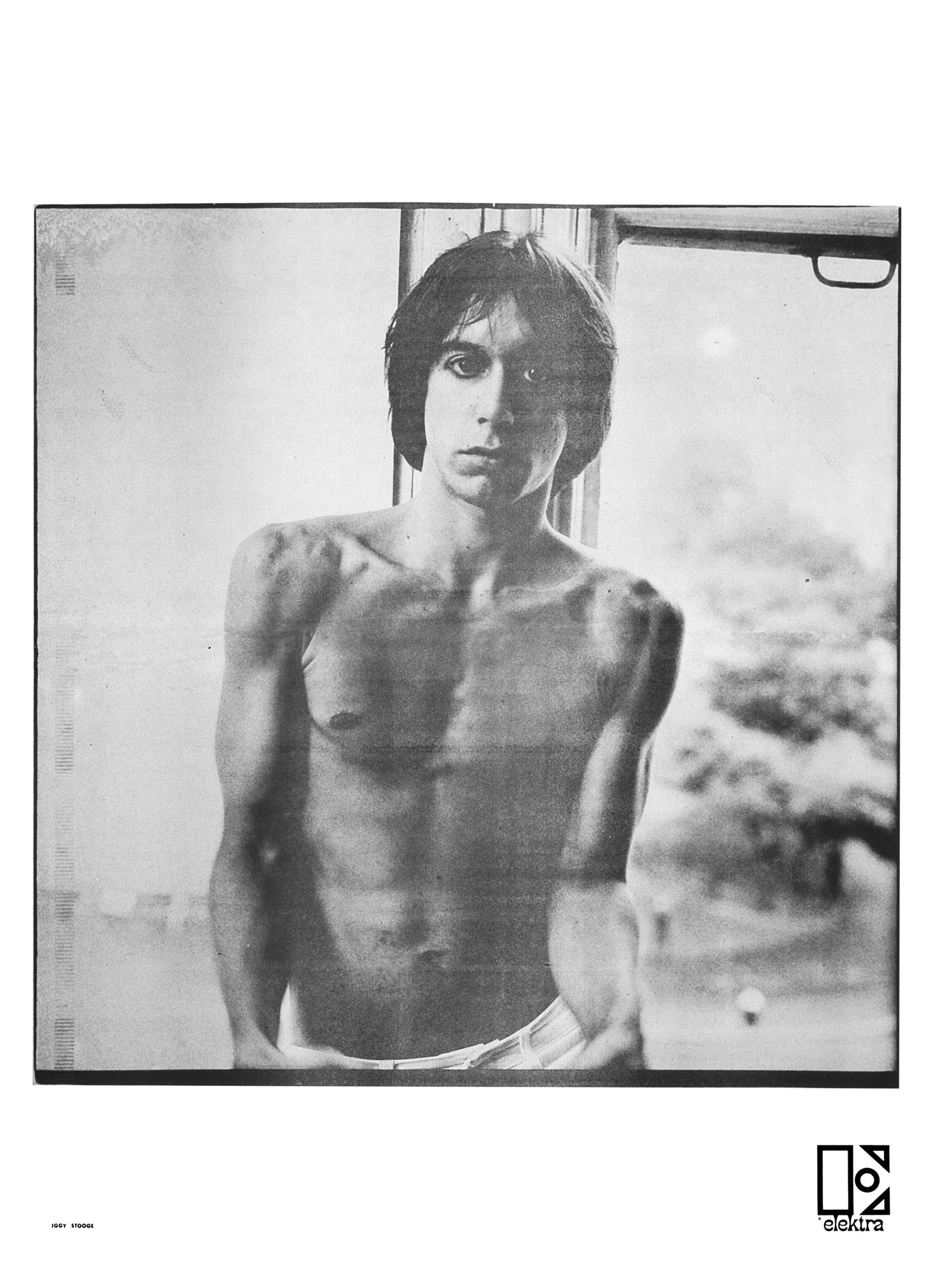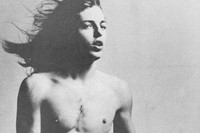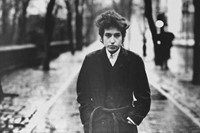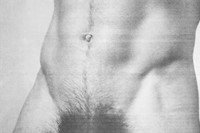One winter day in 1966, a group of painters, sculptors, musicians and writers from downtown New York gathered in an East Village apartment for a portrait by their friend, the photographer Peter Hujar. Marisol, Eva Hesse, Linda Rosenkrantz and Paul Thek were among them but, stood to the side, at a slight distance from the rest of the crowd, was a rangy long-haired 21-year-old from Texas. Steve Lawrence may not be well-known now, but during the late 60s and early 70s he lived with Hujar as his lover, occasional model, and co-editor on Newspaper, an underground photography magazine to which, at one time or another, nearly all these artists contributed.
Marcelo Gabriel Yáñez first came across Newspaper while working as an archivist for the music publicist and writer Danny Fields in 2015. He dug out a forgotten bundle of old, yellowing copies from his closet and was immediately struck by their size. “It opened up to 23 x 34 inches, the equivalent of an exhibition photo print,” he tells me. “That was something I’d never seen before.” A photographer, writer and art historian from Stanford University, Yáñez recognised some of the works printed inside as by Richard Avedon and Diane Arbus, but he could find little information about the publication online. “There wasn’t really anything out there. Even the Hujar Estate didn’t seem to know much about it.”
Yáñez has spent the last five years painstakingly researching Newspaper’s history, and the 48 artists – many of them queer – who contributed to it. Printed by small local presses and priced at 50 cents an issue, from 1968 to 1971 the magazine was distributed informally amongst friends and throughout New York’s clubs and bars, even at one time popping up in Warhol’s Factory at 33 Union Square West. Now, with Yáñez’s editorship and expertise, Primary Information has photographed, restored and reprinted its entire 14-issue run in a facsimile edition as brilliantly detailed as the original.

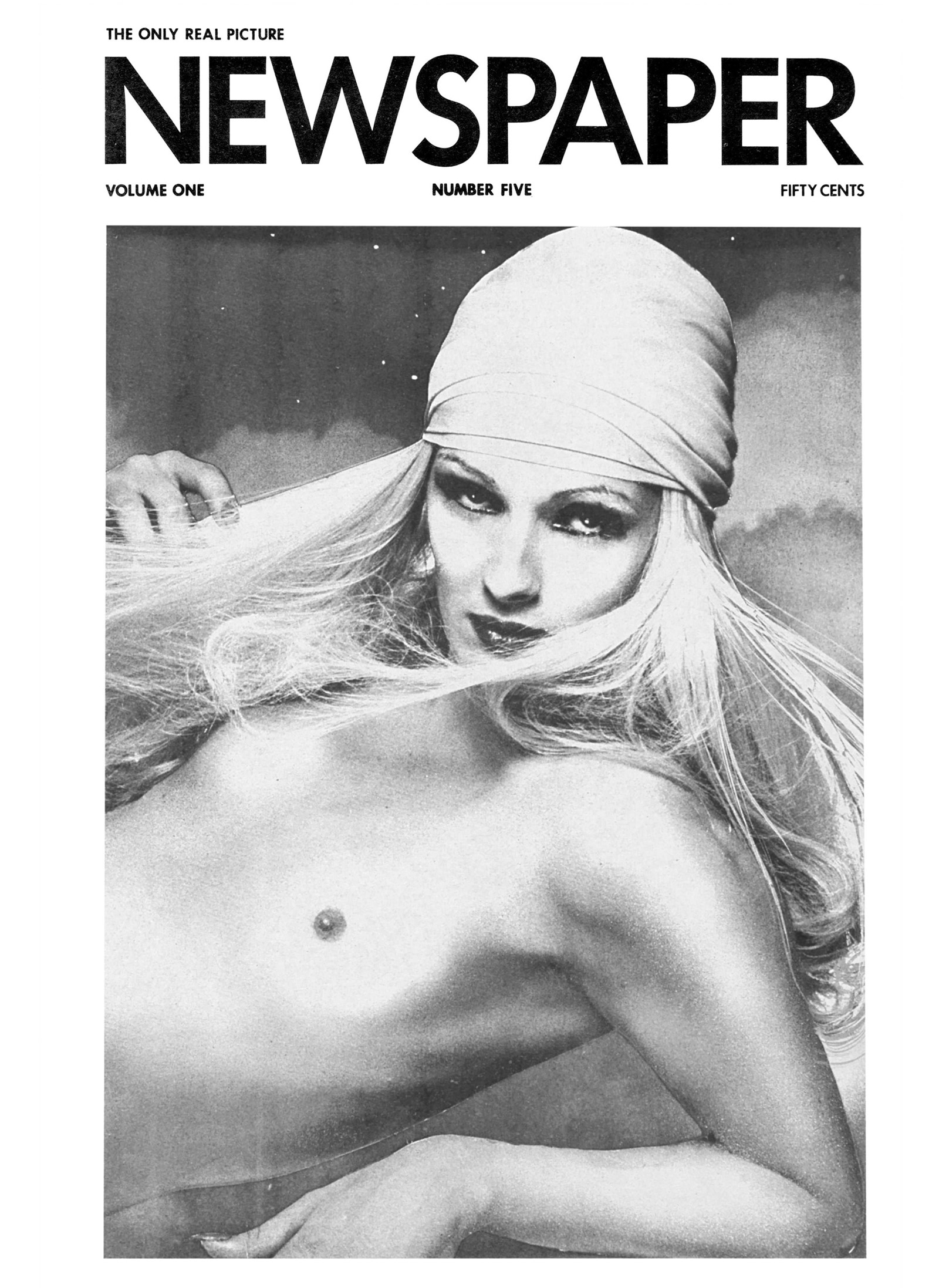
Inside there is, unsurprisingly, a large number of beautiful men: lean and muscled, clothed and naked. Press images of Nixon, the Vietnam War and the Kent State Shooting sit alongside Hujar’s typically soulful portraits of countercultural icons like Iggy Pop, the blind composer Moondog and sculptor Louise Nevelson. Some of the most transfixing photographs are by Sheyla Baykal, a former haute couture model who captured performers backstage at the Palm Casino Revue, a legendary night she ran in East Village.
In each issue is a centrefold spread that Lawrence called an ‘environment’: a grid of images torn from various sources including newspaper ads, porno magazines, Time and National Geographic. Yáñez believes they are the best part of the publication: “It’s the entirety of the world all sort of mixed up. Animals, plants, people, trains, babies. You can’t focus on one individually.” Putting together such disparate images as grinning crocodiles, crying babies and kissing men also elicits a range of rich and enigmatic associations that showcase the young Lawrence’s innovative, often inspired approach to editing.
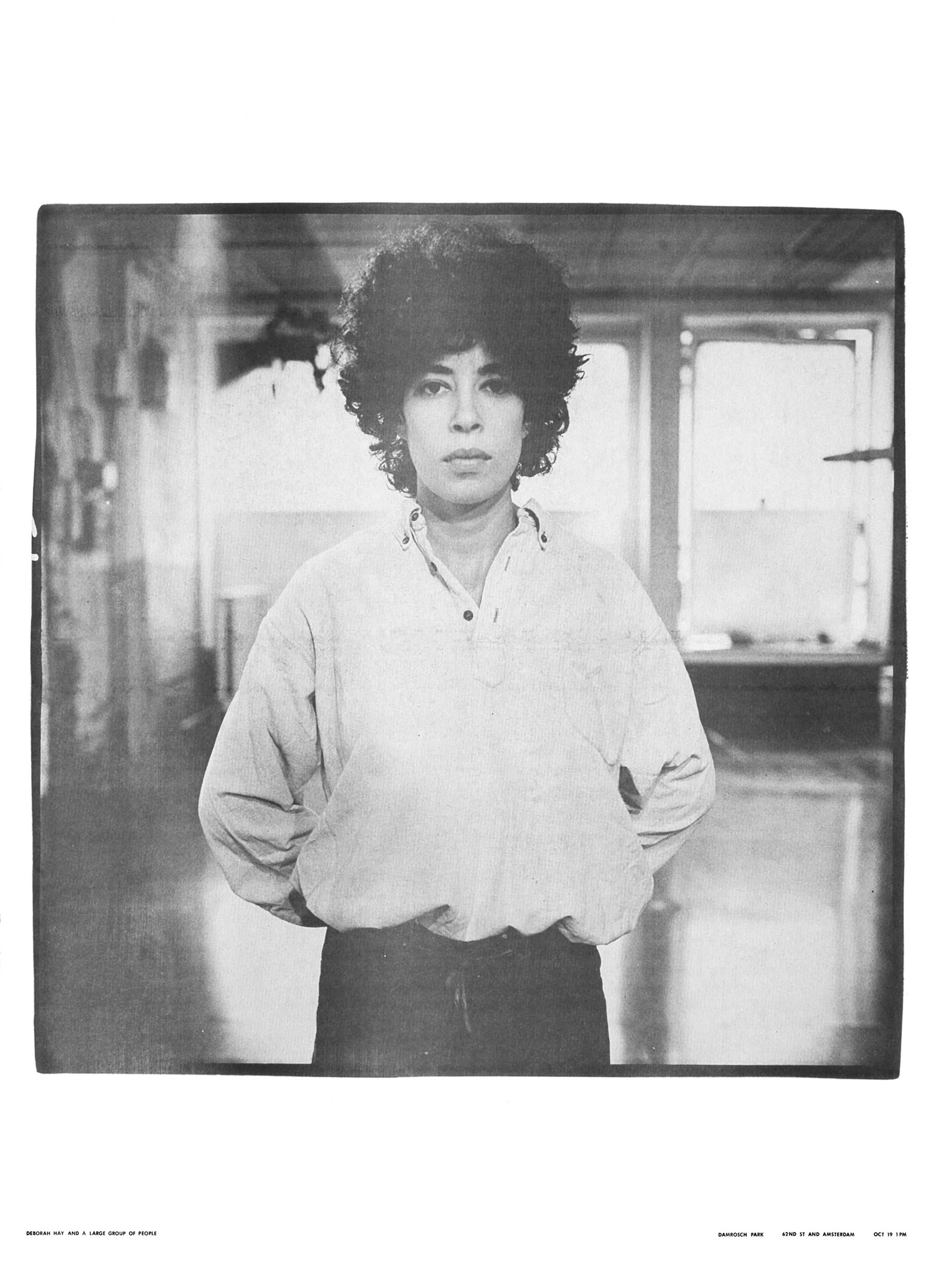
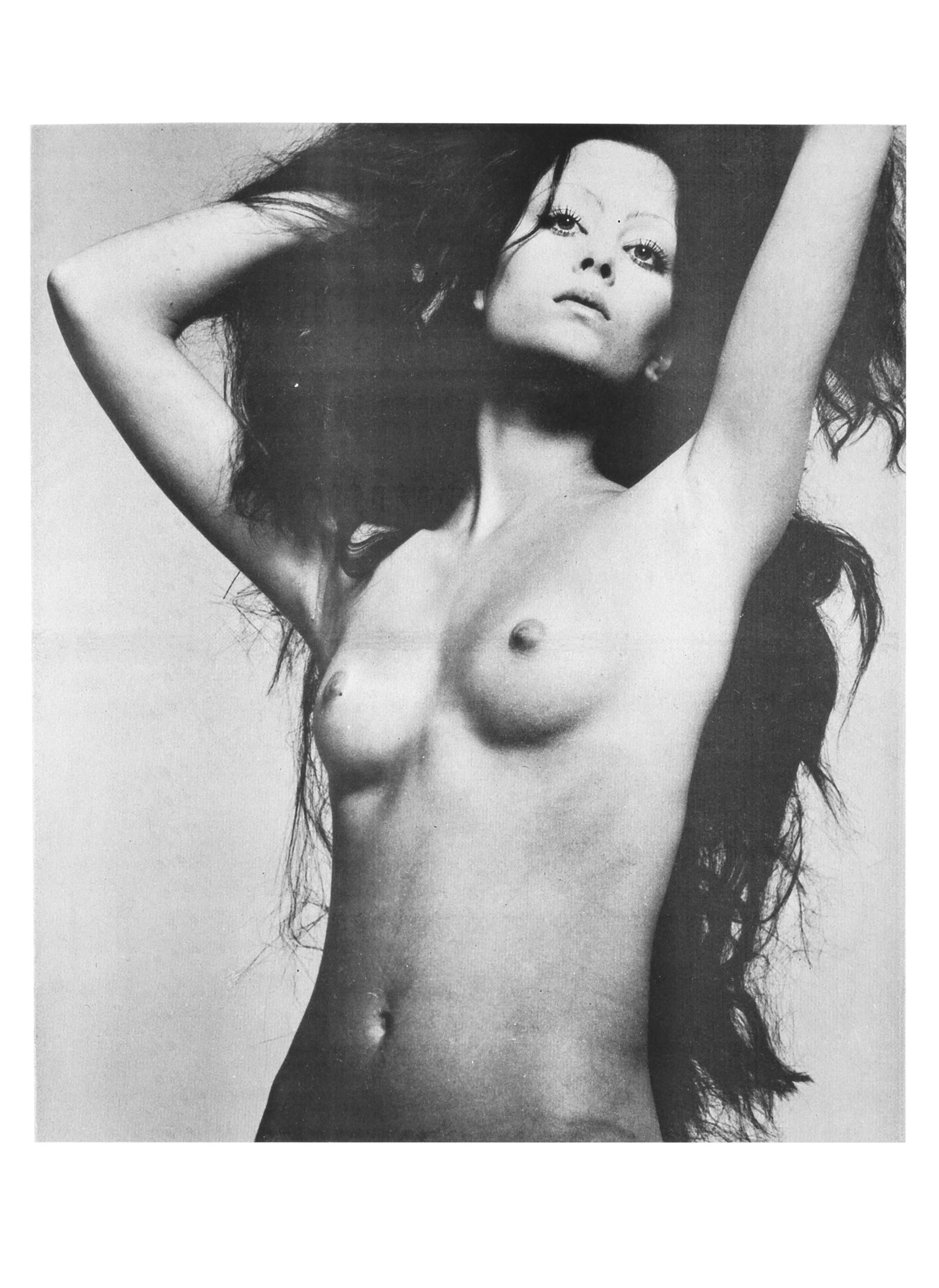
Newspaper’s original surviving copies are, by now, too delicate to be handled. “We wanted to make something that would at least allow people to look at it,” explains Yáñez. But since the majority of his research has come from conversations with Hujar’s friends, its republication is also timely. The painter Joseph Raffael, a regular contributor, died in 2021. Ann Wilson, a sculptor, artist and writer, passed away last month at the age of 91. Our connections to this circle of artists are rapidly vanishing – and with them, their art.
What happened to Lawrence after Newspaper remains a mystery. Things with Hujar ended badly in 1971. He moved into a shack in Oakleyville. His mental health declined. That we know this much is credit to Yáñez’s sleuthing, but after 1979, when Lawrence left New York, the trail goes cold. “There’s nothing else I’ve found so far,” says Yáñez. “He was evicted a lot, which I’ve learned from a landlady’s journals. Most of his stuff likely ended up in the trash.” Records unearthed by Yáñez show Lawrence died in October 1983, in Texas; there are suggestions he was suffering from an Aids-related illness at the time.
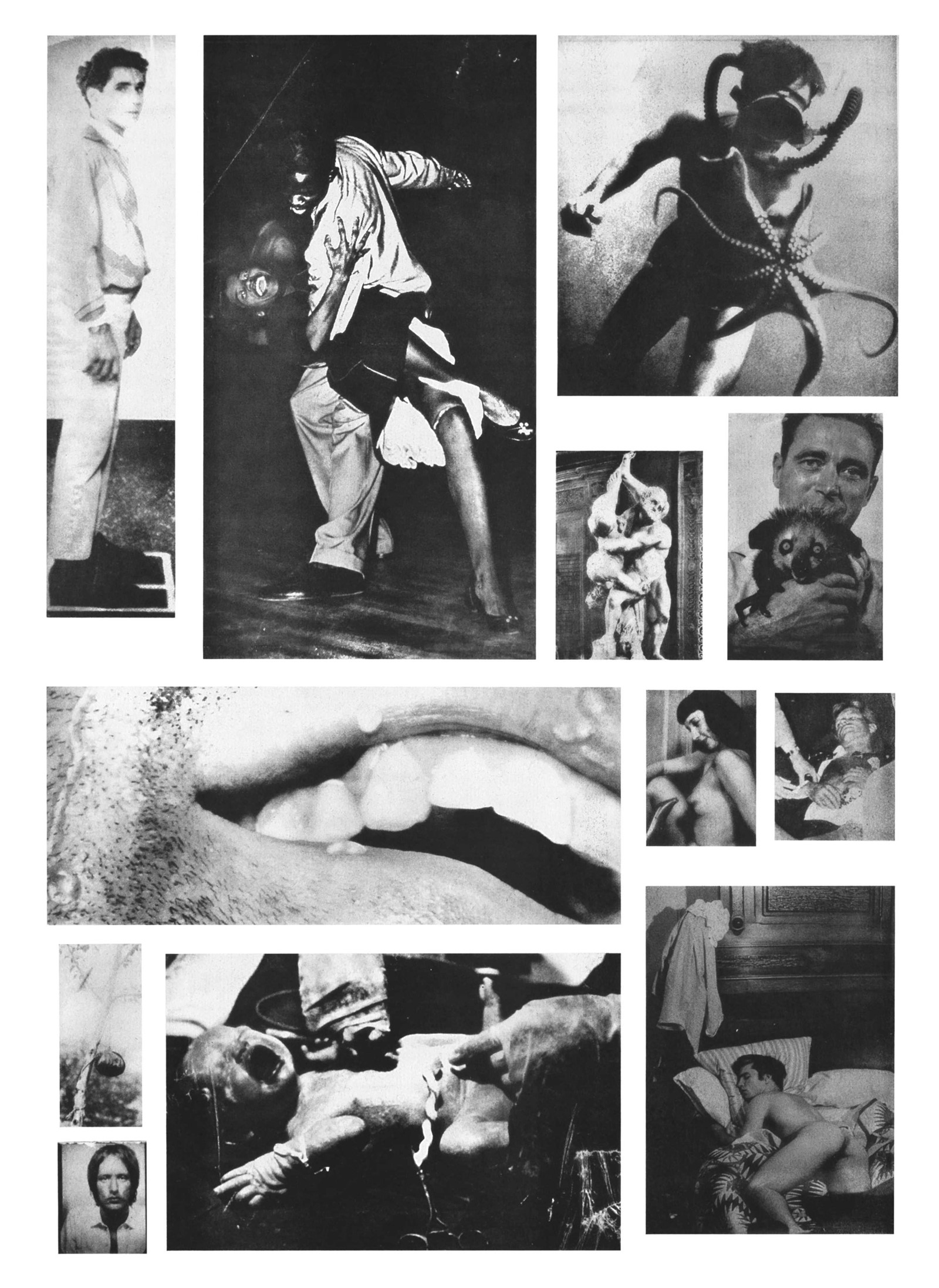
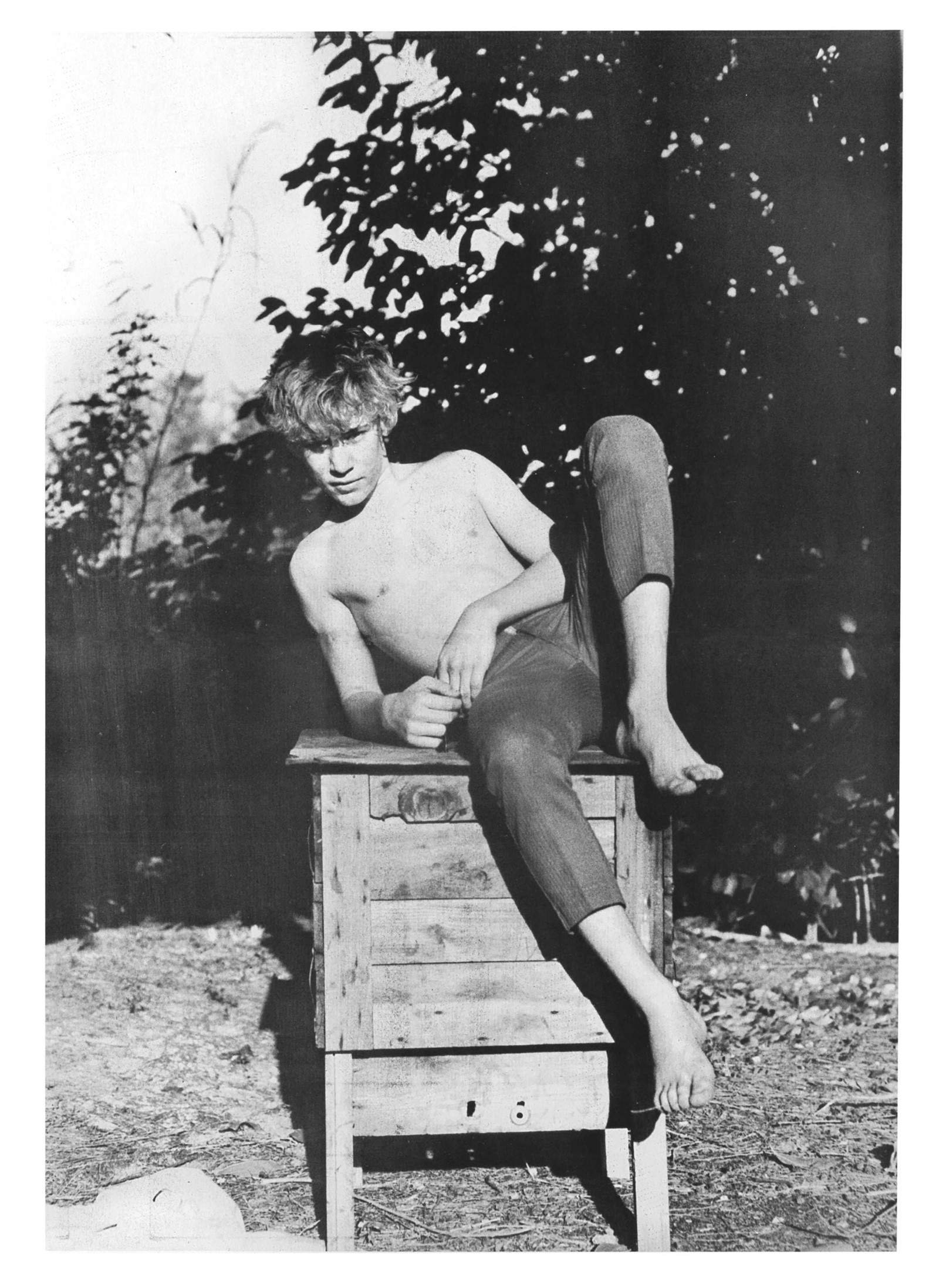
Aids is also no doubt the reason why Newspaper is not better known. The contributors and readers who might have preserved its legacy were lost to the epidemic; Hujar died of Aids-related illnesses in 1987. The decision to return the publication to print now is “based on recovering lost memories”, says Yáñez. “It’s also a way of communing with the dead.”
Newspaper is published by Primary Information and is out now.
